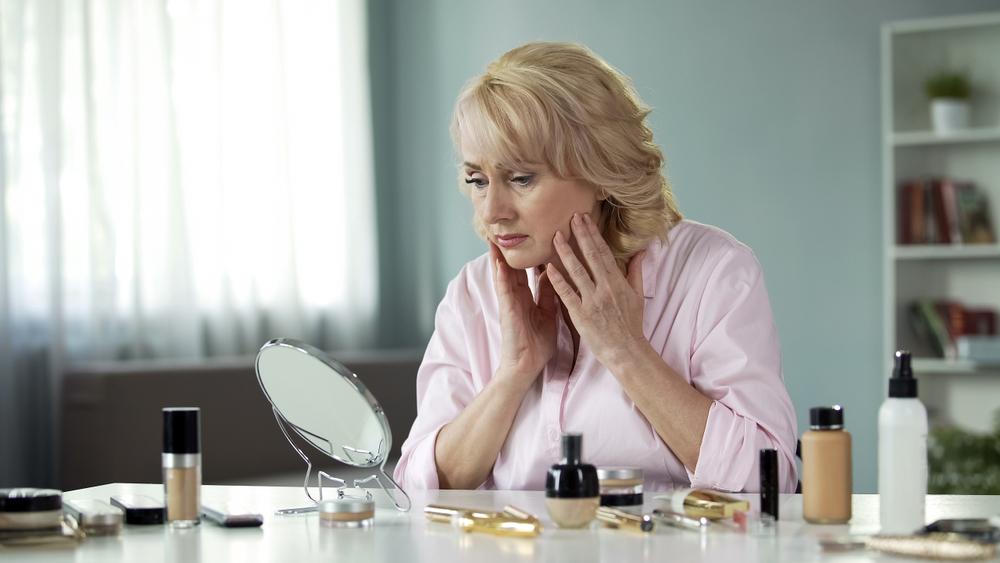Green cosmetic makers know their audience. One manufacturer, in addition to the standard lines about how long-lasting and colorful their product is, says that their lip tint is “cruelty-free,” vegan, and made from wholesome ingredients like coconut oil and shea butter.
Missing from the product description is any reference to per-and polyfluoroalkyl substances, or “PFAS” — although one tube of that particular liquid lipstick contained 865 parts per million of the PFAS indicator fluorine, according to a new investigation from the environmental wellness community and blog Mamavation.

